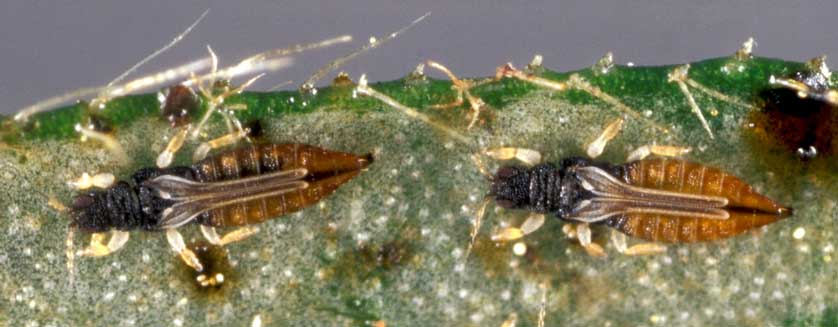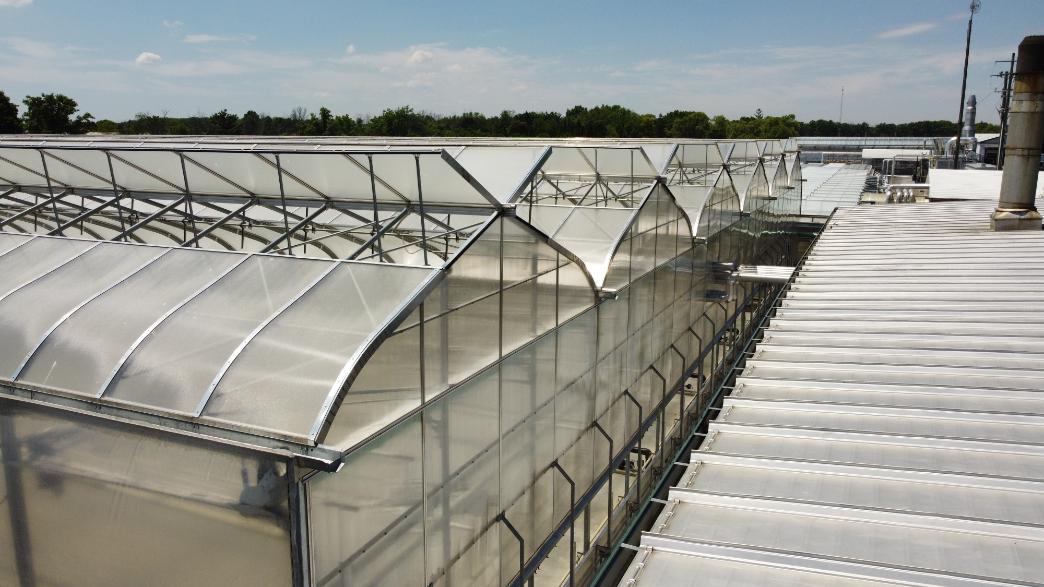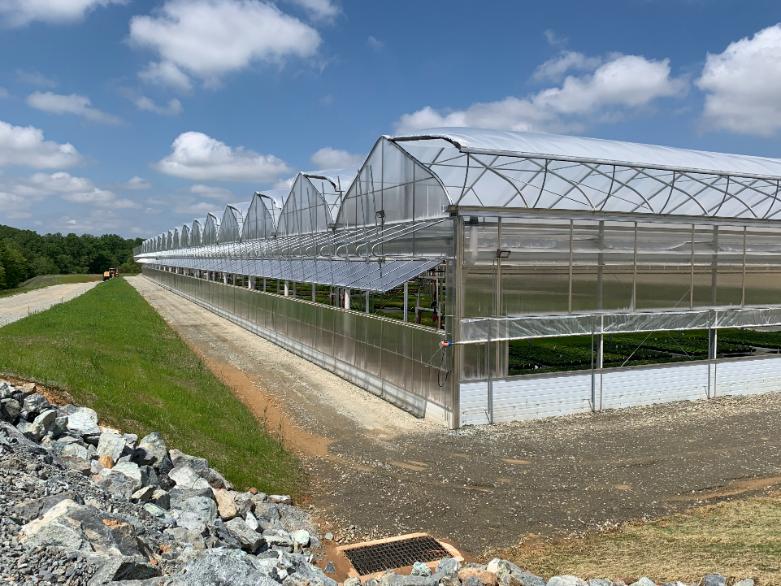5 tips for preventing pests and diseases in your commercial greenhouse
One of the biggest challenges faced by growers is finding and developing an efficient integrated pest management (IPM) program that works for their operation. Once a disease spreads or pests infest a crop, it can be incredibly arduous to fix and can cost thousands of dollars in damaged products. It’s critical that a holistic approach to managing pests and diseases, including greenhouse pest management and greenhouse sanitation, is implemented to avoid costly infestations.
Here are a few best-practices to manage pests and diseases in your commercial greenhouse operation to supplement your cyclical pesticide and biological control use, addressing common greenhouse diseases as well:
Incoming inspection
One of the simplest ways to prevent diseases or pests from entering your greenhouse is by inspecting all products that are brought in from other locations. Greenhouse pest management is crucial in this step. If you notice a large number of infested plants that would be difficult to treat, refuse the order if possible. If there are only a small number of plants that are mildly infested, perhaps with aphids or a mild case of powdery mildew and you decide to keep the order, place the plants in an isolated area where they can be treated immediately. These plants should be left in quarantine until they are healthy and can be placed in your greenhouse or retail area. You and your employees should avoid going in and out of this area unless completely necessary or if you’re leaving for the day as not to spread diseases or pests into the rest of your greenhouse. Clean the bottom of your shoes at the end of the day and wash clothes that may have come in contact with pests or diseases before wearing them again in your greenhouse.
Keep it clean
Maintaining a tidy and sanitized environment is a sure way of preventing diseases and pests from developing or spreading through your commercial greenhouse operation. Greenhouse sanitation practices are essential for this purpose. Every area of the greenhouse should be thoroughly sanitized between crop cycles in addition to any tools or equipment.
Keeping the area and your plants clear of clutter is also a good preventative measure. Spent blooms should be cleared from plants and unsold, unmarketable plants should be discarded as quickly as possible. The longer plants are kept in a greenhouse, the more likely they are to attract pests and disease. Any heavily infested plants should be placed directly into a garbage bag at the site and then placed in a dumpster. Avoid carrying heavily infested plants throughout the greenhouse without being covered.
Keeping the outside of your operation tidy of weeds is equally important to maintaining tidiness within the greenhouse as weeds are a major source of aphids, mites, whiteflies as well as other pests and common greenhouse diseases.
Scout them out
Scouting is a necessary component of any successful IPM program and should be conducted on a weekly basis through the entire year. You can hire outside companies to do your scouting for you, but many operations have just as successful scouting programs using internal team members who are familiar with the operation. Scouting involves placing sticky cards throughout the greenhouse which will attract pests, aiding in greenhouse pest management. Sticky cards are then monitored weekly to determine problem areas and to keep an eye on the development of any major pest problems as well as to determine where more biological controls may need to be introduced.
While it’s important to have dedicated scouts performing specific scouting tasks, all employees should be made aware of what to look for. Random inspections of 2 to 3 plants per table or section can be made by all employees while grooming or watering. As some businesses are seasonal in nature and high employee turnover in greenhouse staff is common, some staff may have only limited knowledge of potential problems to look out for so pest and disease prevention should be a part of all training. The more plants that are inspected, the better and random inspection is necessary to find diseases, immature stages of whiteflies and thrips, spider-mites and mealybugs, which are common greenhouse diseases.
Watch your water
Making sure you are using proper irrigating methods for your plants is also an important step in preventing damage to your crops. Make sure you are paying close attention to the weather and watering your plants accordingly as not to over or underwater your crops. Plants that are left too wet or too dry plants can both promote diseases. Over and under watering will also weaken your plants, making them susceptible to disease and bugs. Plants that are more susceptible to powdery mildew should be kept on the dryer side with excellent ventilation around them.
Flood benches are a good option for growers looking to eliminate diseases because only the roots are watered, keeping the leaves dry. They also increase efficiency by recirculating the water and saving any unused fertilizer to be used in the next cycle.
Be sure to regularly remove any standing water in your greenhouse and fix any problems that result in stagnant water as these areas attract bacteria and can become a breeding ground for pests, emphasizing the importance of greenhouse sanitation.
Your irrigation system can be automated to work in conjunction with your ventilation, curtains and any other environmental controls to promote your crops’ ideal environment which will prevent disease and other infestations. Watering earlier in the day is usually best because the foliage has a chance to dry throughout the day, preventing conditions that are favorable to diseases such as blight or mildew.
Screen them out
Professionally installed insect netting screens are a necessity to any Integrated Pest Management program by controlling the movement of insects inside and outside the greenhouse. There are various fabrics available with different sized holes based on the smallest insects (white flies, aphids, thrips) to insects like bees. Bear in mind that the smaller the holes in the screen, the denser the material which will reduce airflow significantly. That said, the denser the material, the more protected your crops are from pests and common greenhouse diseases, and consulting with an expert will ensure your area is protected while maintaining adequate airflow for your crops. Roof vent screens will allow for ventilation while limiting the movement of biologicals and can be fitted to gutter vents, ridge vents and venlo greenhouse windows. For sidewalls or lean-to structures, area calculations should be included to ensure proper airflow.
Click here to learn more about insect netting screens and greenhouse pest management.
When developing your operation’s IPM program, remember that prevention is always much easier than a cure. A proactive approach to pest and disease management, including greenhouse sanitation, will lessen the likelihood of crops being infested which will save you time and money in the long run.
Ready to get your next greenhouse project started? Contact the experts at GGS today.







